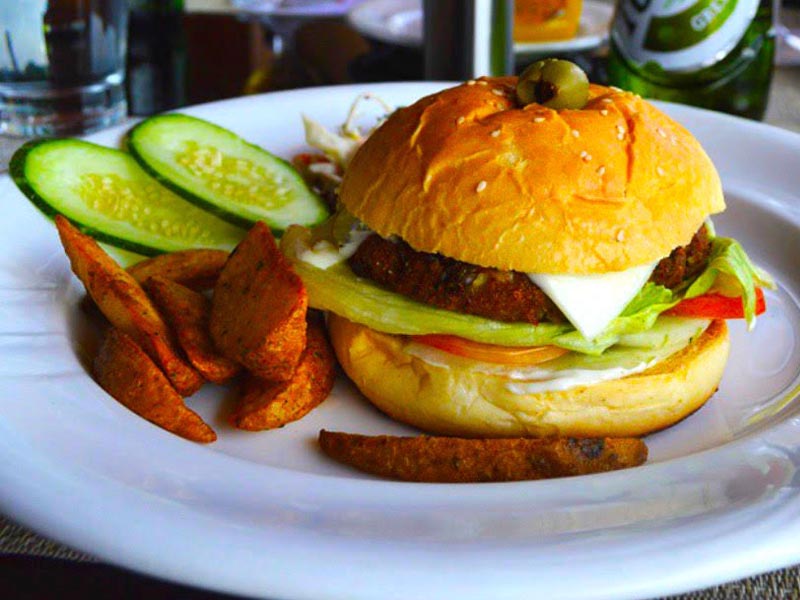Food cravings, or the intense and often uncontrollable desire to eat specific foods, are familiar to most of us. There are many ways to understand why we crave certain foods. One perspective claims that food cravings signal a nutritional deficiency in the body. However, scientific studies do not support the argument that food cravings are in any way an indication of a nutritional demand.
A quick disclaimer: The scope of this piece does not include food cravings commonly experienced during pregnancy or in conditions like pica (a compulsive eating disorder that leads to craving and consuming non-food items like clay, soil, paper, ice, etc.).
Food cravings are a significant risk factor for lifestyle diseases like diabetes, obesity and heart conditions. Many of these diseases can easily be prevented by examining our food cravings and altering our eating habits.
The Types of Food Cravings
There are essentially four types of foods that we crave:
- Sugary foods, like chocolate and candy
- Fatty foods, like deep-fried refined snacks, chips, etc.
- Highly processed foods (fast food, packaged food)
- Carb-rich foods, like noodles, potatoes etc.
You will notice that it’s particularly uncommon to crave a leafy green salad, or any other food that’s loaded with nutrients. The exact nature of cravings is quite complex and happens to be a multifactorial issue.
What causes these cravings?
Numerous studies on the subject have identified causes for food cravings that are psychological, physiological, cultural and sensorial in nature.
- Mood appears to play a big role in food cravings. It has been observed that those who are chronically stressed or depressed succumb to binge eating and cravings far more easily that those who are not. Attending to the root cause of the cravings is especially important in these cases.
- Environmental cues can easily incite food cravings. This applies not just to humans, but also to dogs. The cues that excite our sensory perceptions are the sights and smells of food, one of which is found in abundance on social media. Thanks to the pervasiveness of food marketing campaigns, there’s no dearth of cues.
- The composition of the daily diet can affect the nature and frequency of your food cravings. There is a prominent link between food cravings and the macro and micronutrients present in the daily diet. I have commonly observed this in the case of many clients. When you eat a varied and balanced diet that is adequate in protein, fibre and micronutrients, food cravings are unlikely to affect you very much. Observing regular meal timings and stocking up on healthy snacks are other effective measures to curb cravings.
- Sleep deprived individuals are particularly vulnerable to cravings, because a lack of sleep can make the brain more susceptible to enticing smells. Apart from ensuring that you sleep enough, you may also want to stay away from the aromas of your favourite junk foods.
- Gut microbes: The human gut is home to millions of different species of microbes, but whichever kind ends up dominating the gut can also dictate what you feel like eating. So, when the harmful, inflammatory microbes grow in number, you tend to crave sugary foods. Eating a healthy and balanced diet can alter the gut flora and the inflammatory processes in the body, helping you eat and feel better. I’ll write about this more extensively in the following weeks.
How do we manage our food cravings?
Let me start by telling you what does not work. Trying to suppress thoughts about food, or even curtailing the cue-exposure response (seeing the food but not allowing yourself to eat it) have rarely been successful methods.
In general, what seems to work are some simple things.
- Eating a diet rich in fibre and micronutrients, which means plenty of fruit and veggies, drinking enough water, and minimising the intake of ultra-processed foods.
- Remaining physically active.
- Getting enough sleep every night.
- Mindful eating, which I consider very important and very effective.
- Maintaining regular meal timings, which can curb the urge to eat in the absence of metabolic need.
Some other strategies that work effectively:
- Stocking your snacks intelligently: Avoid stocking unhealthy snacks at home, if possible. In terms of storing your snacks, make sure that the healthy options are always easily accessible, while the junk food is always out of sight and harder to reach.
- Eliminating environmental triggers: If there is a show on TV that seems to incite food cravings, or if you love to eat popcorn and ice-cream every time you’re in front of the screen, then it’s time to decondition yourself. Instead of watching TV each time you feel like it, identify a few other activities to engage in. Also, make sure to restrict all food intake to one place at home, preferably the dining table.

Ms. Neelanjana Singh


